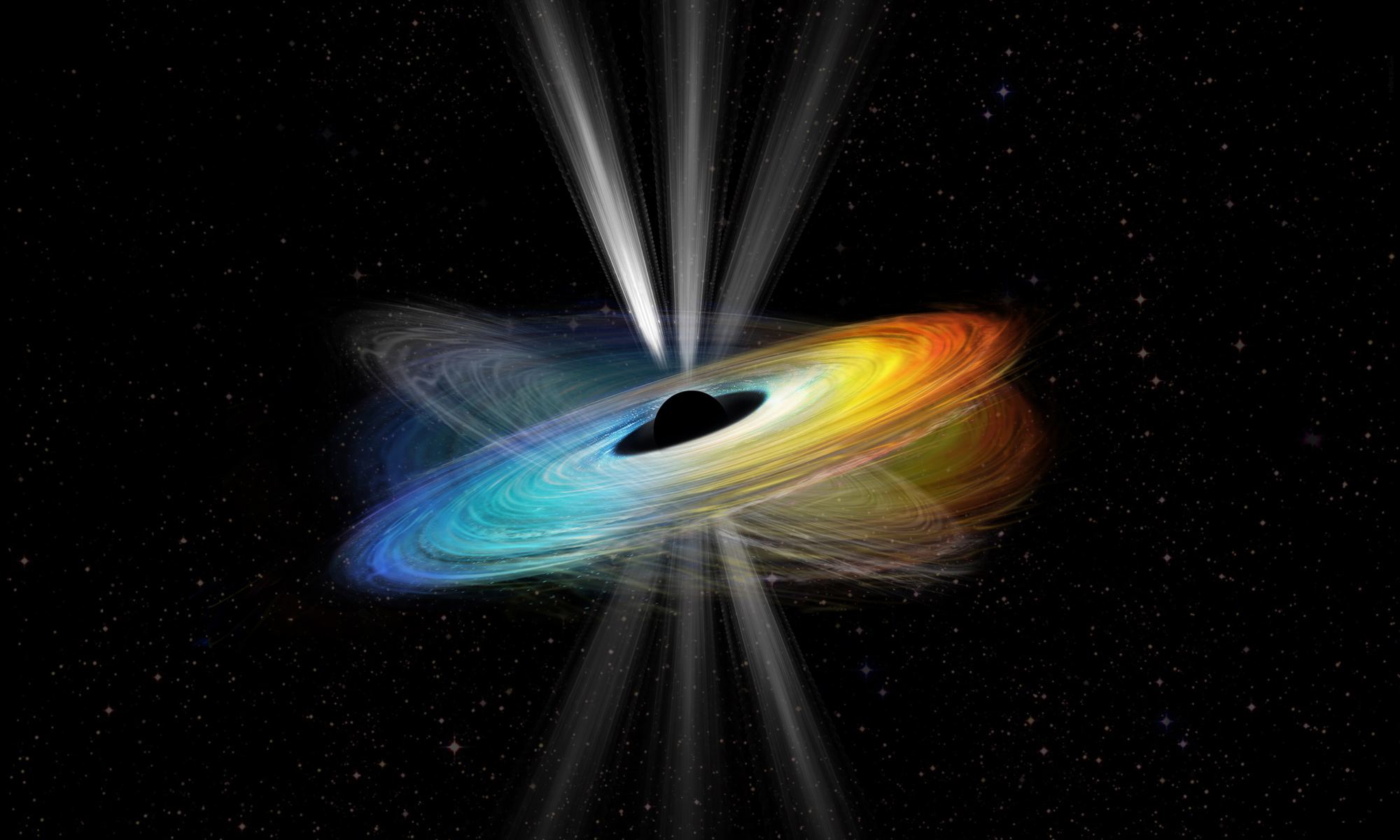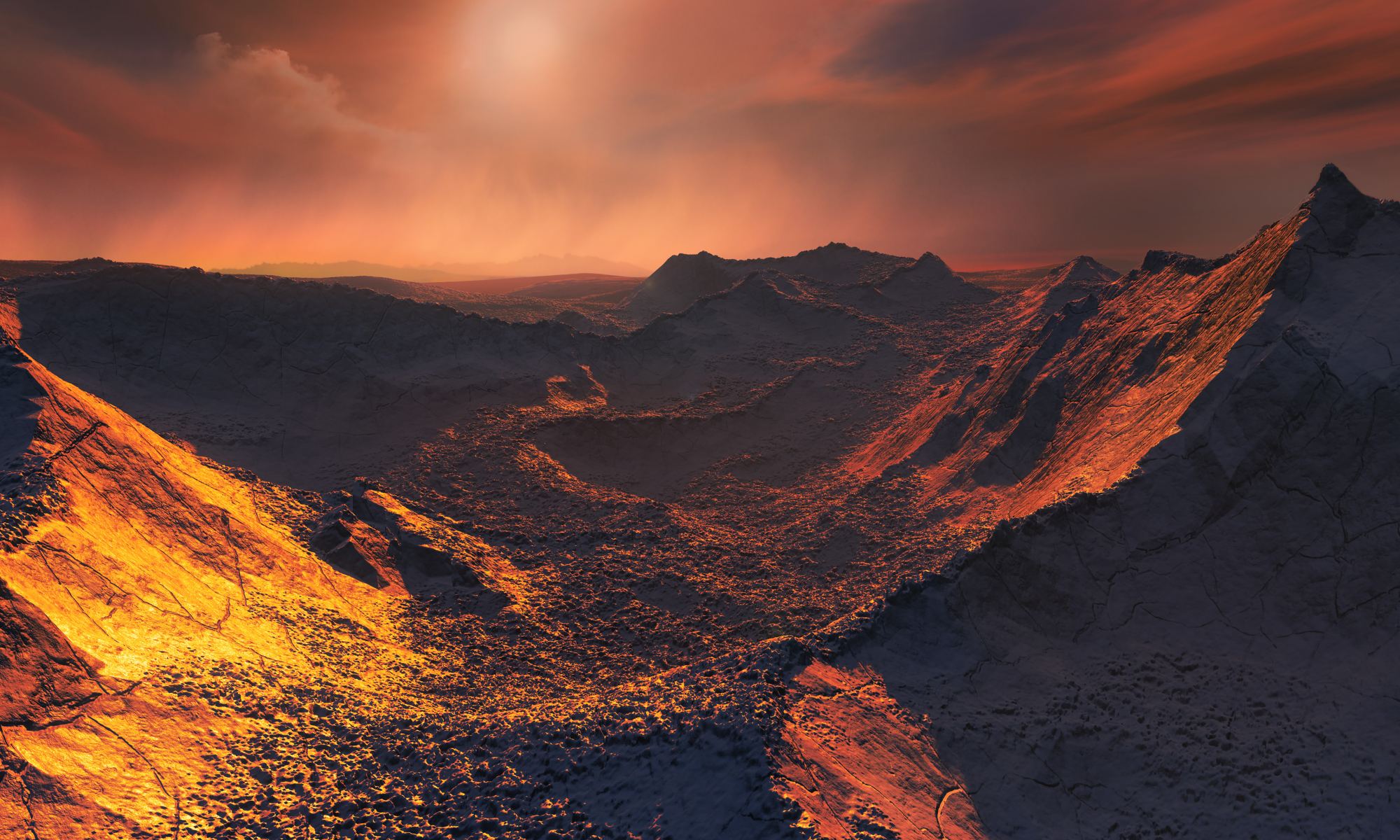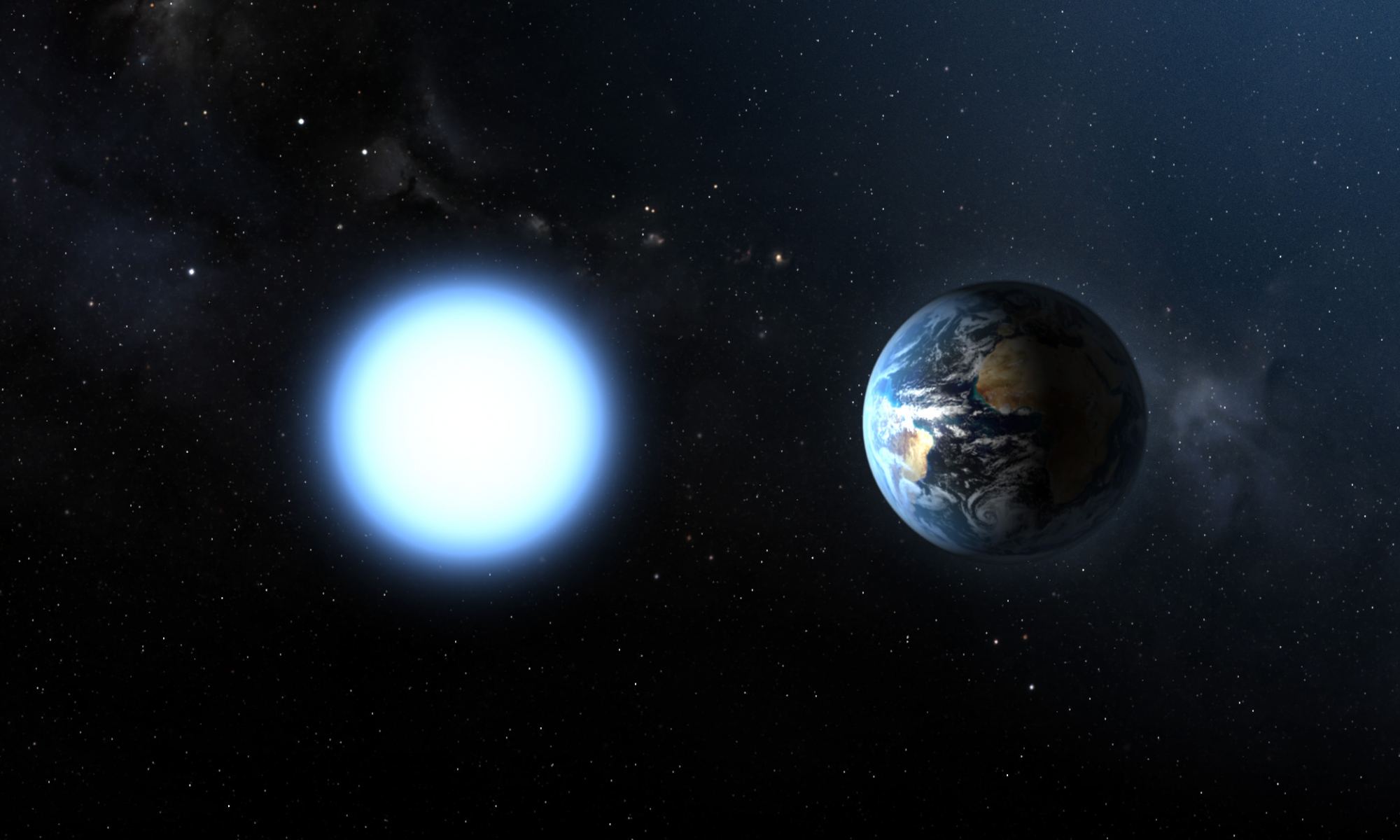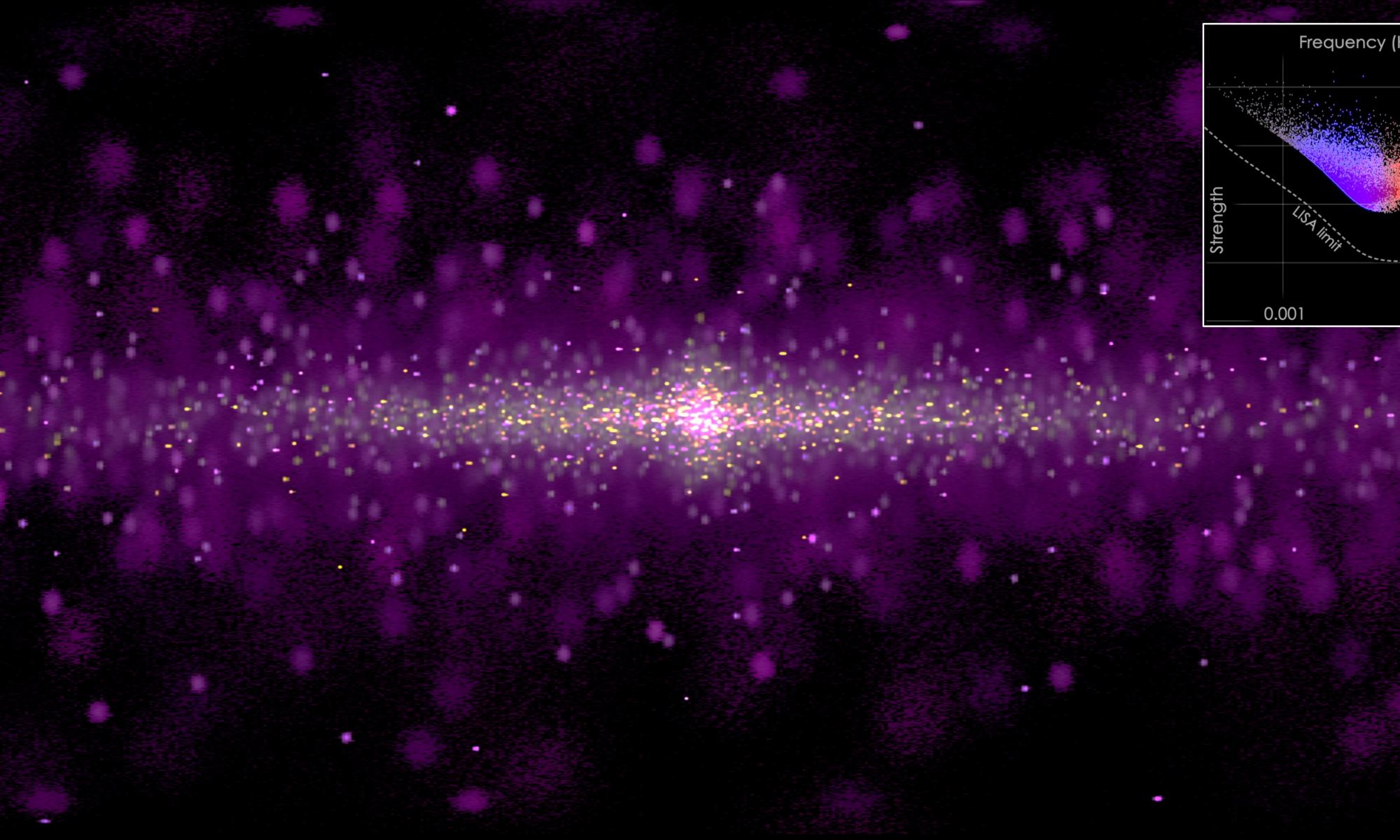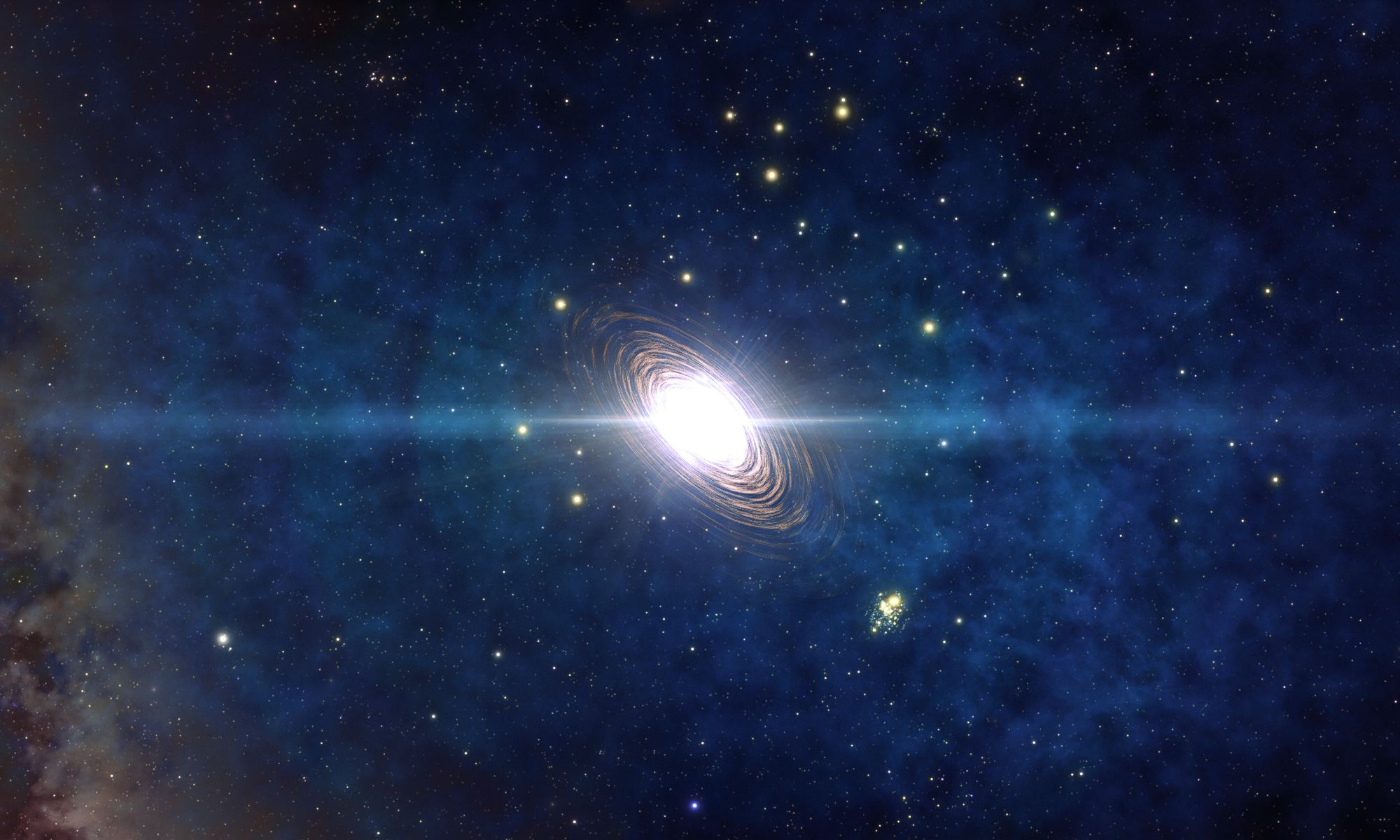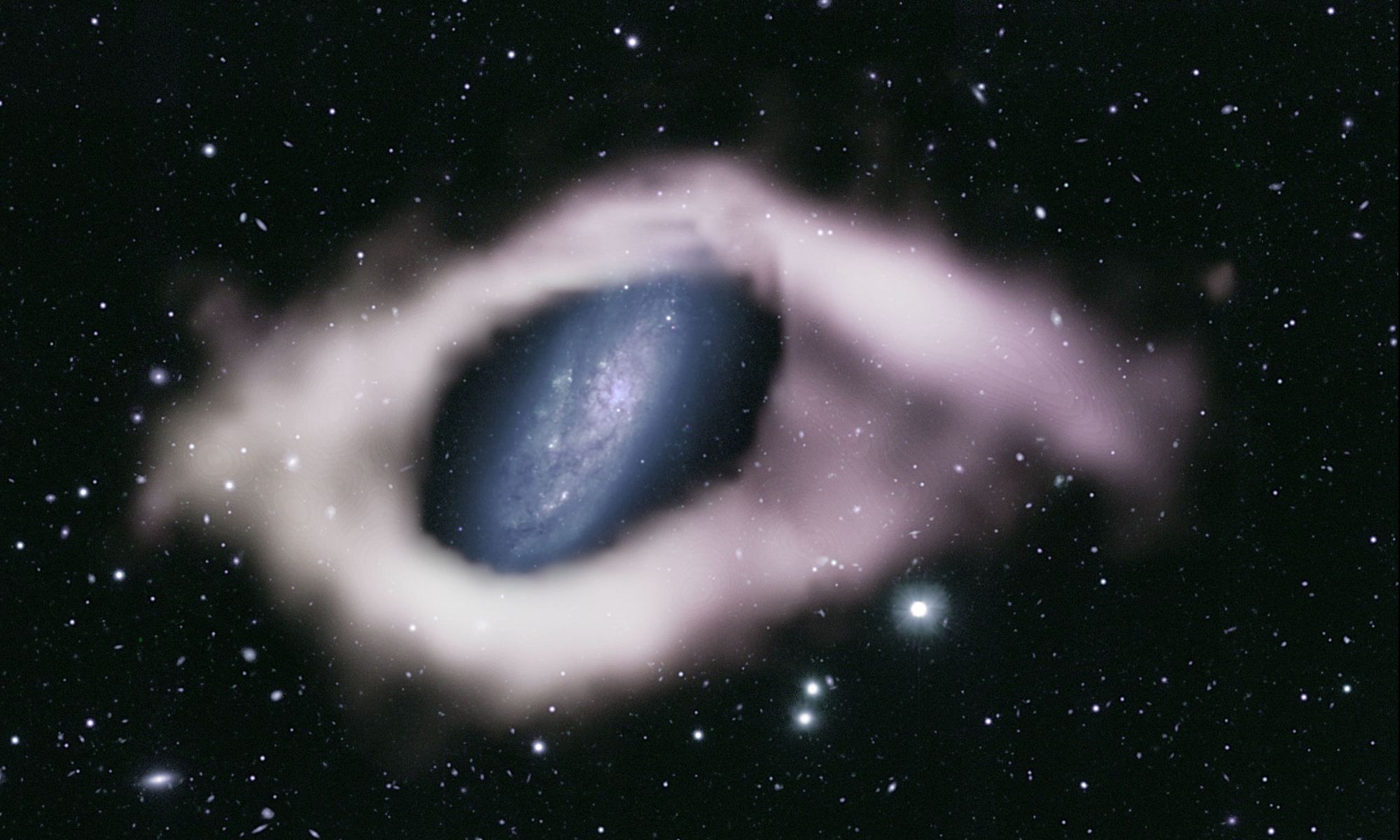Fifty-five million light-years away, in the galaxy known as M87, lies a supermassive black hole. It is a powerfully active black hole with a mass of 6.5 billion Suns, and in 2019 it was the first black hole to be imaged directly. The radio image captured by the Event Horizon Telescope (EHT) shows a halo of ambient light warped by the black hole’s gravity and directed our way. On one side of the halo, the light is brighter, which according to general relativity is due to the rotation or spin of the black hole. It was the first direct confirmation that the black hole rotates. A new study published in Nature has given us more rotational evidence.
Continue reading “It's Confirmed. M87's Black Hole is Actually Spinning”It's Confirmed. M87's Black Hole is Actually Spinning
